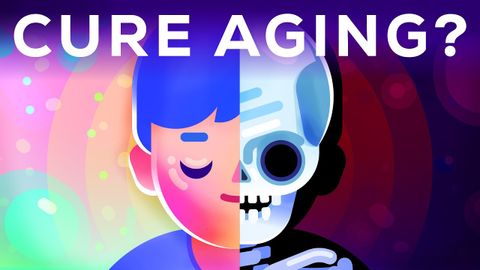如何治療衰老--在你的有生之年? (How to Cure Aging - During Your Lifetime?)
mommy 發佈於 2021 年 01 月 14 日  沒有此條件下的單字
沒有此條件下的單字US /ˈmʌltəpəl/
・
UK /ˈmʌltɪpl/
- adj.多重的;多種的;多發性的;多重的
- n. (c.)多;多個的;乘數
- pron.多重的
US /mɪˈtæbəˌlɪzəm/
・
UK /məˈtæbəlɪzəm/
US /ˌdaɪəˈbitɪs, -tiz/
・
UK /ˌdaɪəˈbi:ti:z/
- n. (c./u.)糖尿病;第一型糖尿病;第二型糖尿病;妊娠糖尿病
US /ˌɡærənˈti/
・
UK /ˌɡærən'ti:/
- v.t.保修;保證;保證;法律保障
- n. (c.)(某產品的)保固;保證某事的如期完成;擔保

